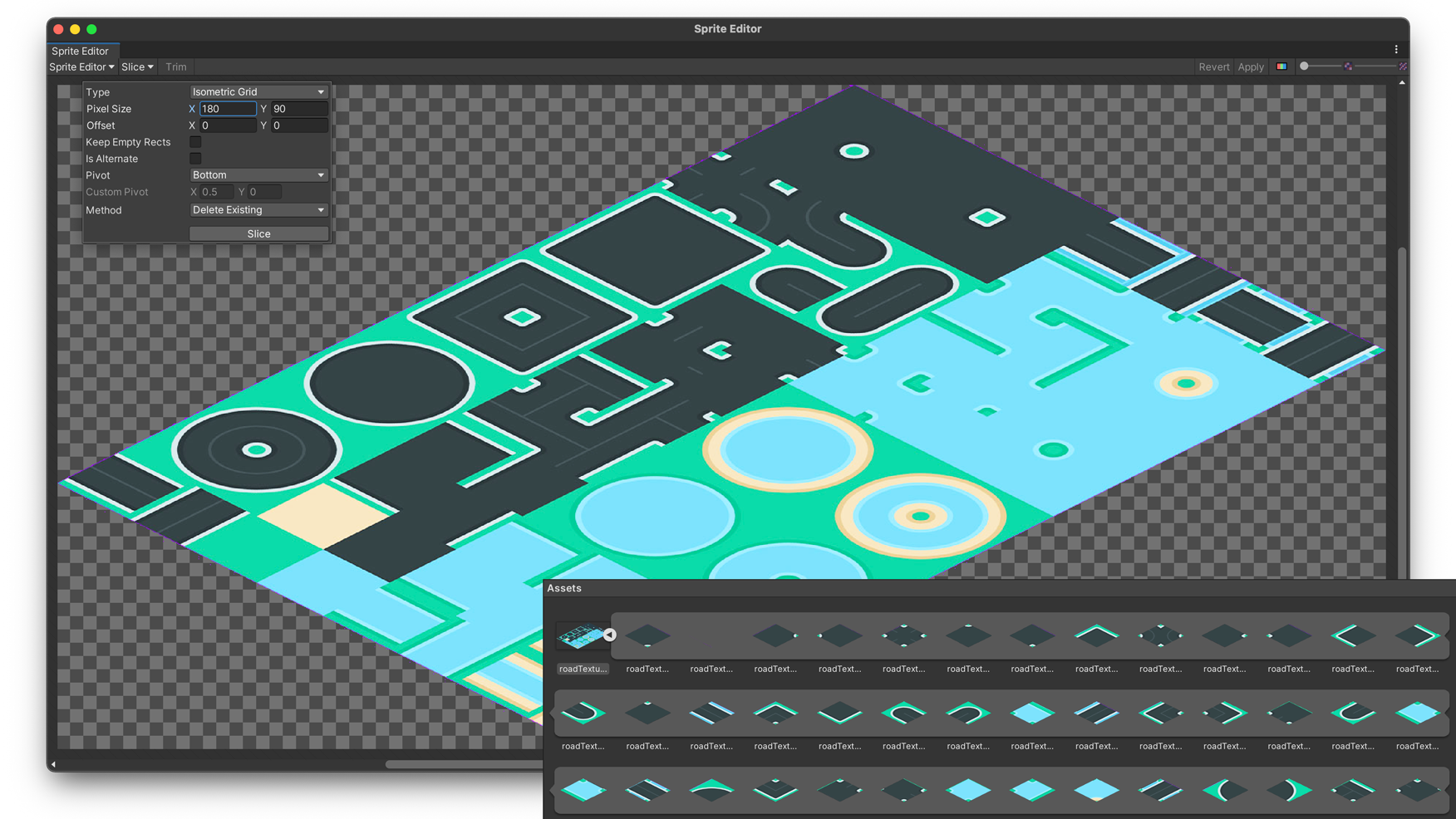

The last argument controls how many options are shown per row. It returns the new selection index, which only changes when another option is clicked. The first argument determines which option is currently selected, as an index. The selection grid method uses our string array to show a collection of buttons. It's wide enough at 150 pixels, and its height is simply large enough to hold a bunch of controls. The two area methods are used to define an area in which Unity performs automatic layout for us. It's still support, in fact the editor uses this UI system so it won't go away soon.

It was the standard UI solution until the new game UI was released in Unity 4.6. The OnGUI method is used by Unity to display simple UI overlays in the game view. By always refreshing the entire grid, it'll always work, no matter how intricate our edits become. Why set all colors?Īs we're only changing a single voxel, why not only change that voxel's material? Because soon we'll be editing multiple voxels at once. While you could work around this by using material property blocks, it's not worth it for this tutorial. As they have separate materials now, dynamic batching no longer works and each quad requires its own draw call. An individual material is created as soon as you try to access it. Indeed, retrieving the individual materials from the quad instances means that they no longer share a single material. All that matters now is being able to detect which voxel you're hitting. Of course a strictly 2D input method works fine too at this point. This way you could easily integrate it in a 3D game world. We can move, rotate, and even scale it however we want and editing will keep working. Why a 3D collider?īy using a 3D collider and performing ray-cast in 3D, we can place our map anywhere in 3D space. We're using booleans here for simplicity, not memory efficiency. When used as a variable it actually takes up four bytes, just like an integer.ĭon't worry about this though. Typically the smallest quantity of data is a byte, which is eight bits. However, computers don't operate on single bits. Are booleans 1-bit?Ĭonceptually, a boolean value stores only one bit of data. However, I've found that using "pixel" for anything but pure visual data often leads to confusion, while using "voxel" in a 2D context never does. So what should our units of 2D data be named? You might argue that "pixel" is a better name. marching-squares-finished.unitypackage The finished project. marching-squares-02.unitypackage The project after Stenciling. This is something we'll explore in the next tutorial.Įnjoyed the tutorial? Help me make more by becoming a patron! Downloads marching-squares-01.unitypackage The project after Showing a Bitmap. Including more information allows far more variety. All we know is whether a voxel is filled or empty, which gives us very little to work with. This is because we're working with binary voxel data. Of course the resulting surface is very angular, which is great if that's the style you're going for, but quite limiting otherwise. That does it! You now have a fully triangulated voxel map, even though it is partitioned into separate chunks, each taking care of its own mesh. using UnityEngine public class VoxelMap : MonoBehaviour Stencils working across chunks. Finally, we give it a chunk resolution, which determines the size of our chunk grid. We also give it a voxel resolution, which we pass along to the individual voxel grids. We give it a size so we can easily control to dimensions of the entire map.

To do so, we need an overarching object that manages the individual grid chunks.Īssuming that we're working on some world or level map, we introduce a VoxelMap component.
Unity sprite palette swap without breaking batching code#
Instead of refactoring our code once we reach that point, let's support chunking from the start. Sooner or later, you'll have to partition your world into individual chunks to work around some technical limitation. However, extremely large or technically infinite worlds will become a problem, especially once you start using more complex voxels and visualizations. Now we have a square voxel grid, which we can make as large as we want.


 0 kommentar(er)
0 kommentar(er)
